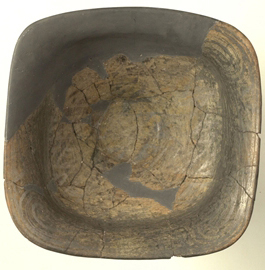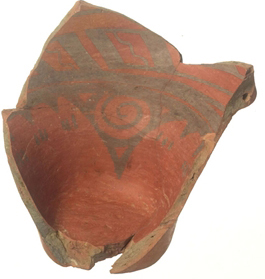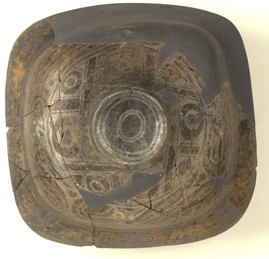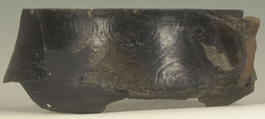Neolithic: Food and culinary practices
Vessels for food consumption
 |
Variations in vessel shape (open-closed, deep-shallow, with or without handles) and capacity allow us to distinguish between several kinds of use: serving and consuming of a particular type of content (solid or liquid food) or at different scales (individual or collective). The context of use is more difficult to determine. It is likely that large, richly-decorated (especially on the inner surface) bowls or plates would be set aside for important occasions rather than used on a daily basis, but we have no idea what would have been considered such an occasion — at Dikili Tash or at any other site.
Similarly, we know nothing about the social value of some smaller bowls and cups that have a highly lustrous uniformly coloured surface, sometimes with a fairly sophisticated but extremely discreet channeled decoration , which are characteristic of some LN I levels. It has been suggested that such motifs might actually represent potters’ “signatures”, but this has not been confirmed in any way. One thing seems certain: Neolithic society had already developed several levels of expression depending on circumstances (ordinary, festive, valorising, or possibly ritual), and food and drink consumption was one of the privileged contexts for the expression of those differences. |
 |
 |
 |

